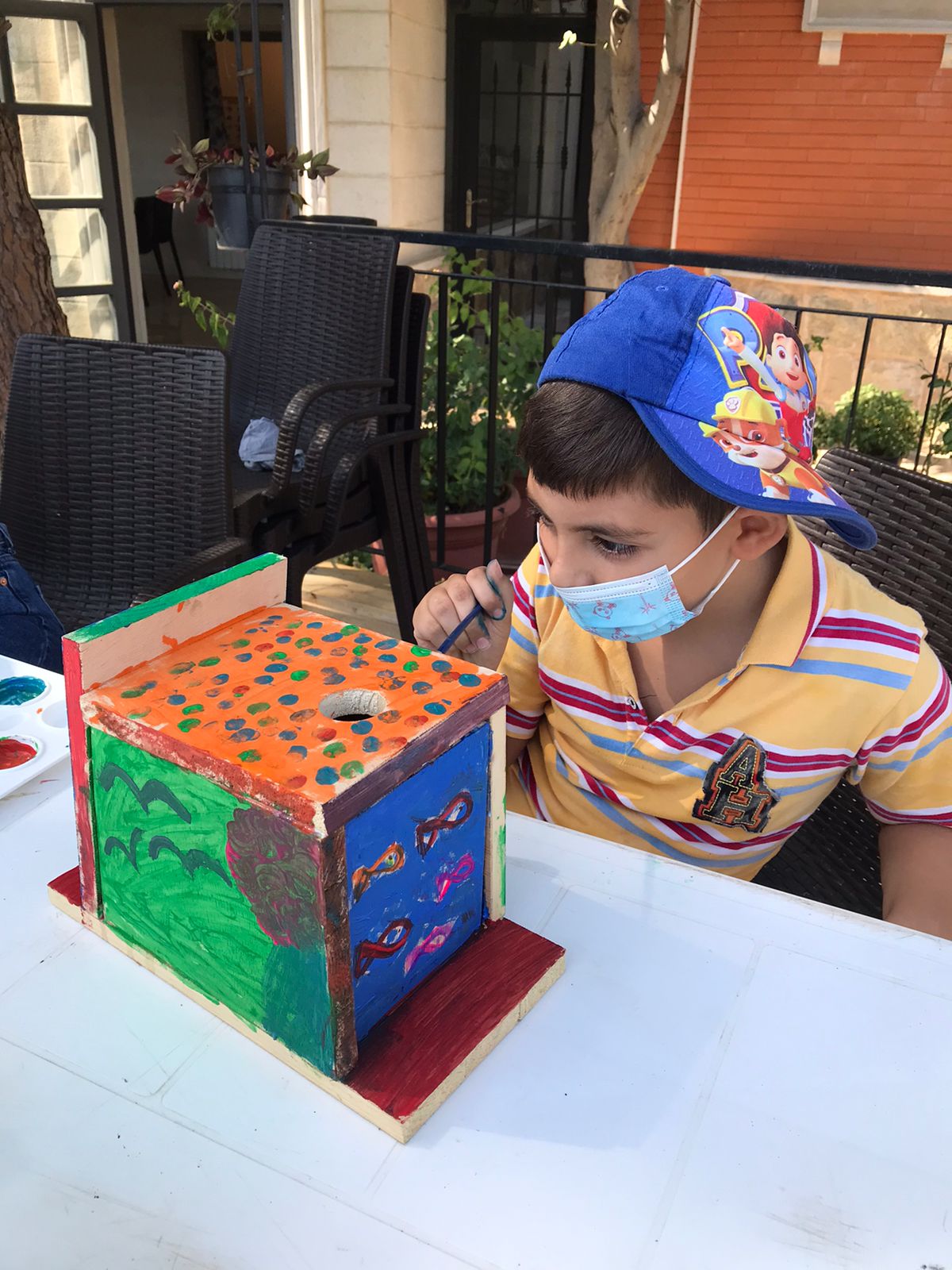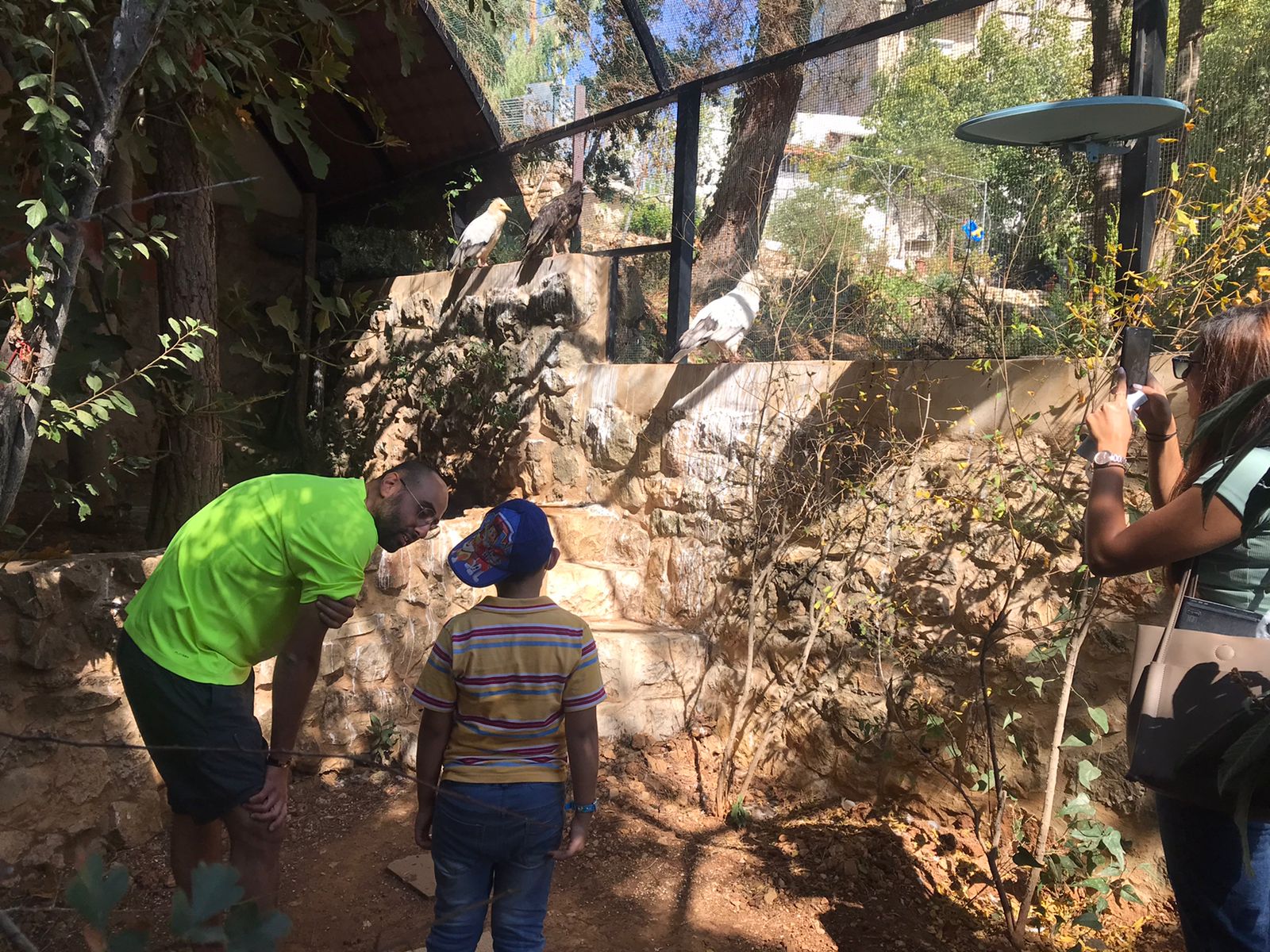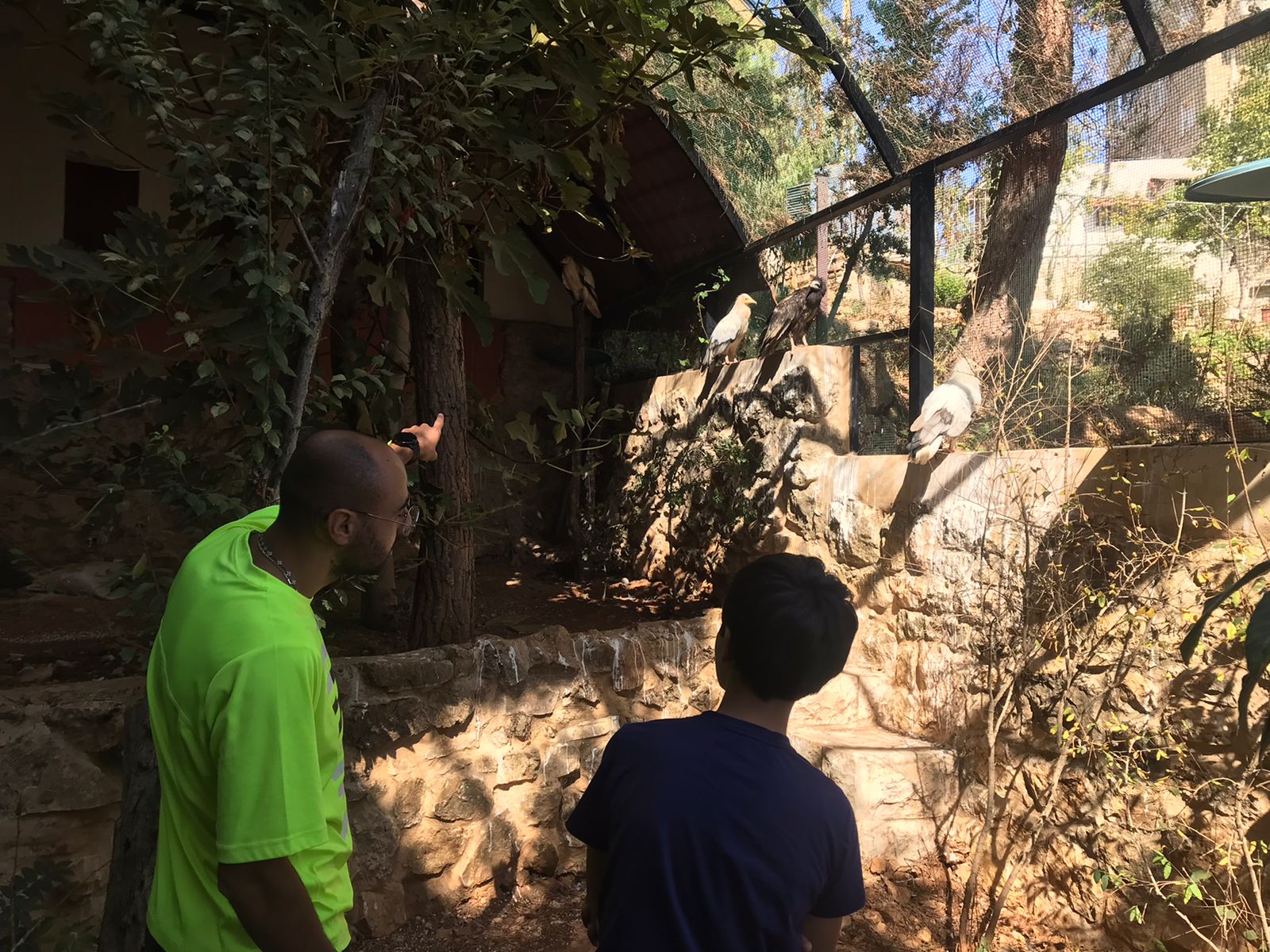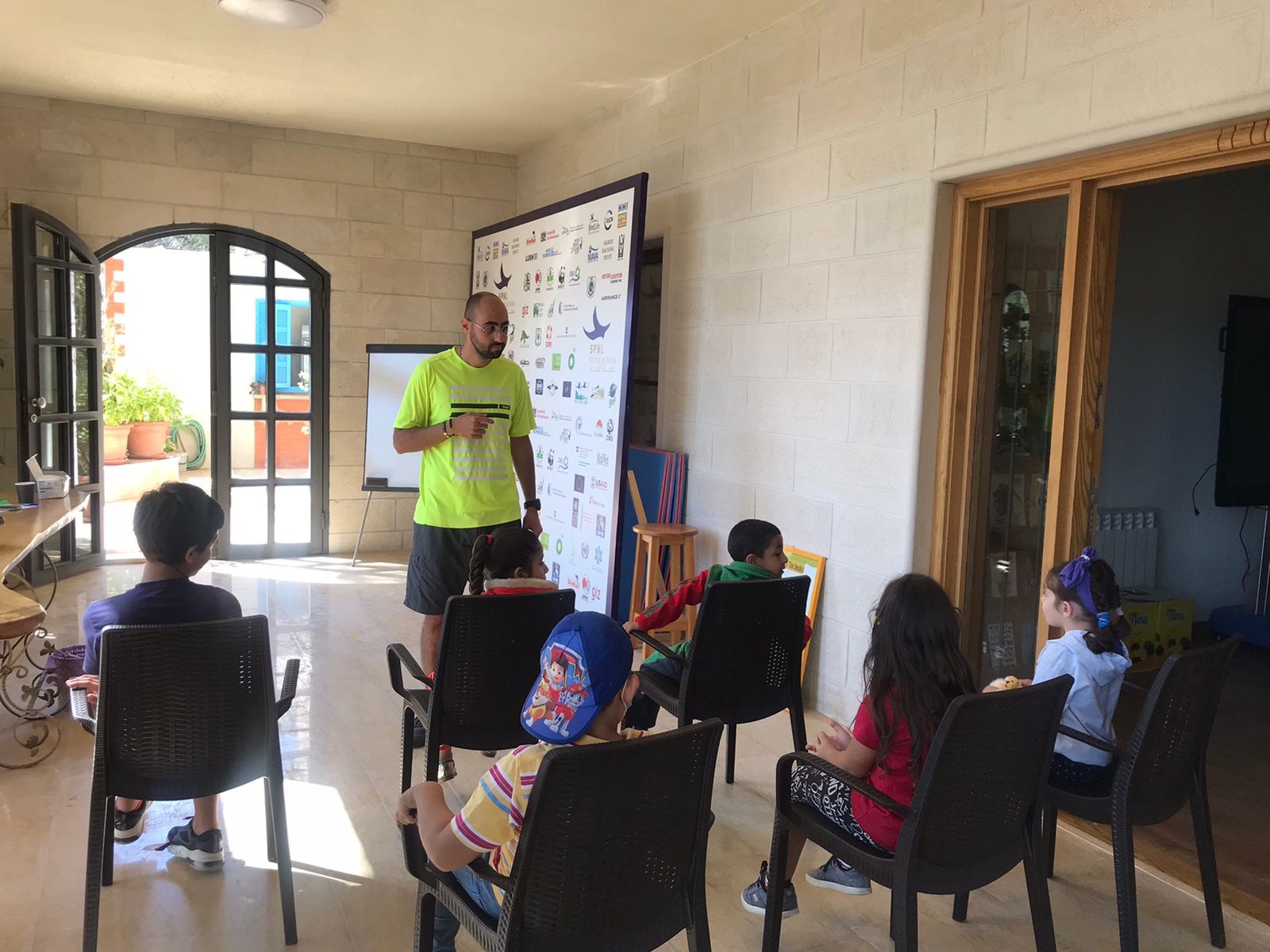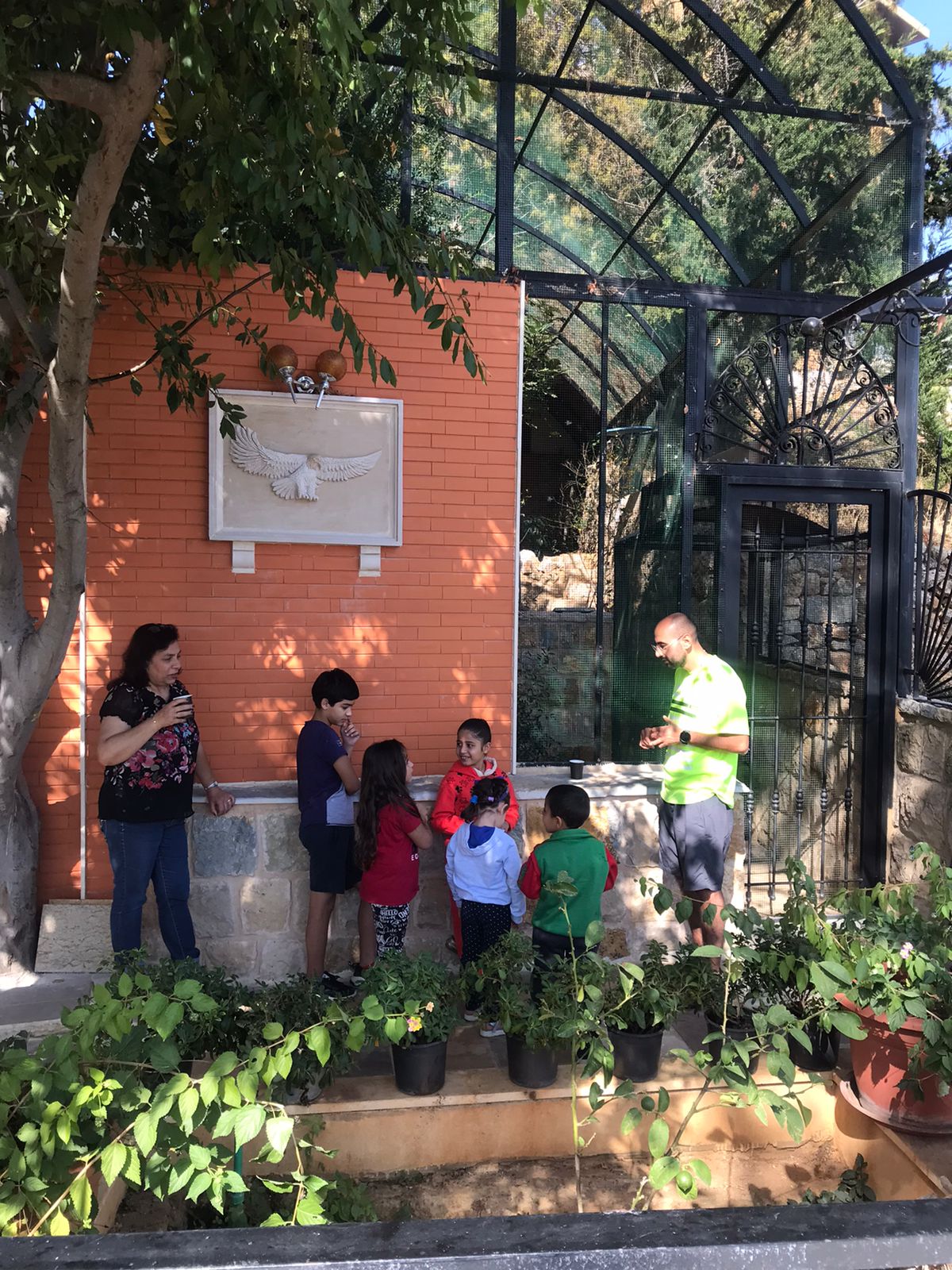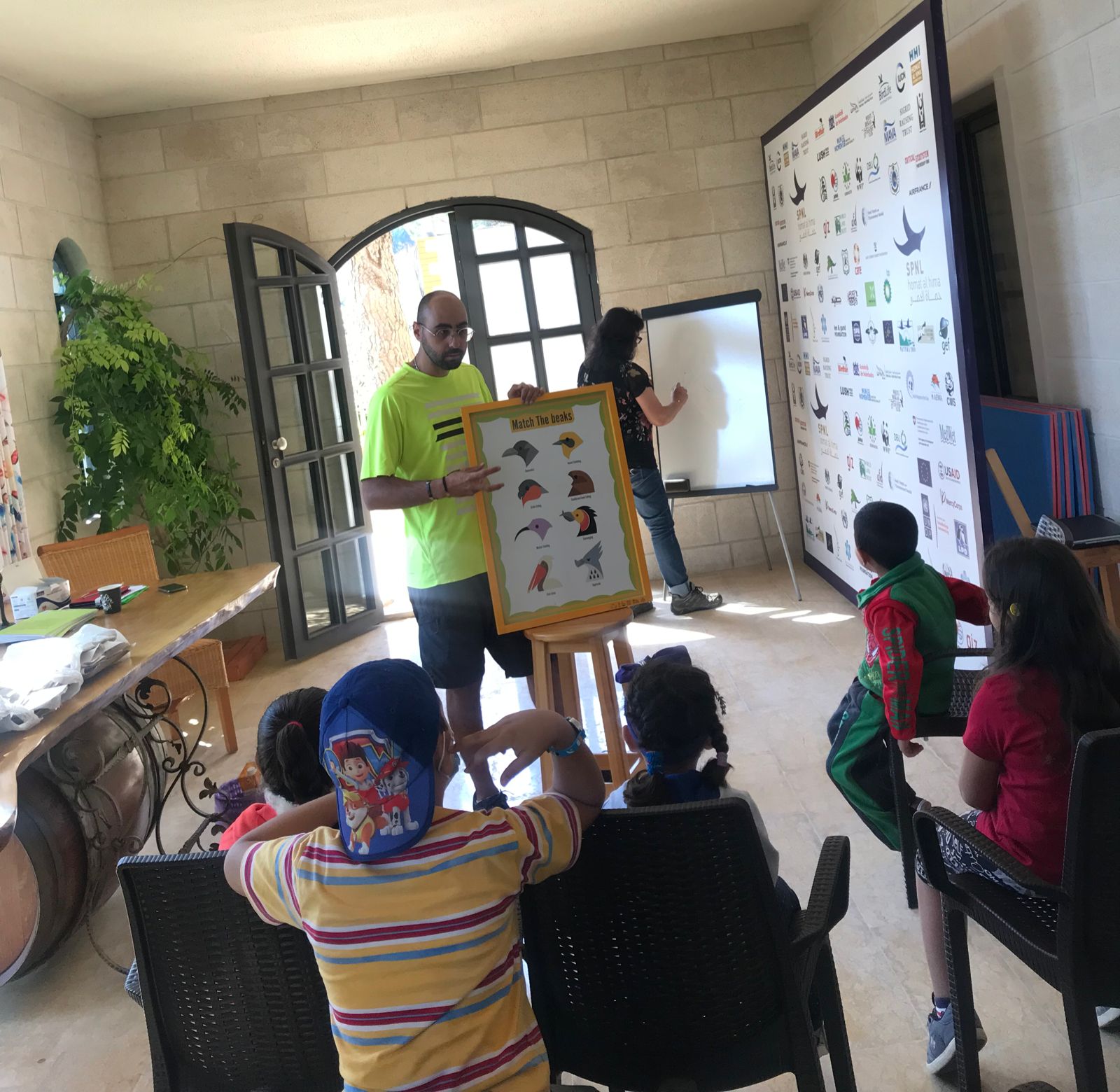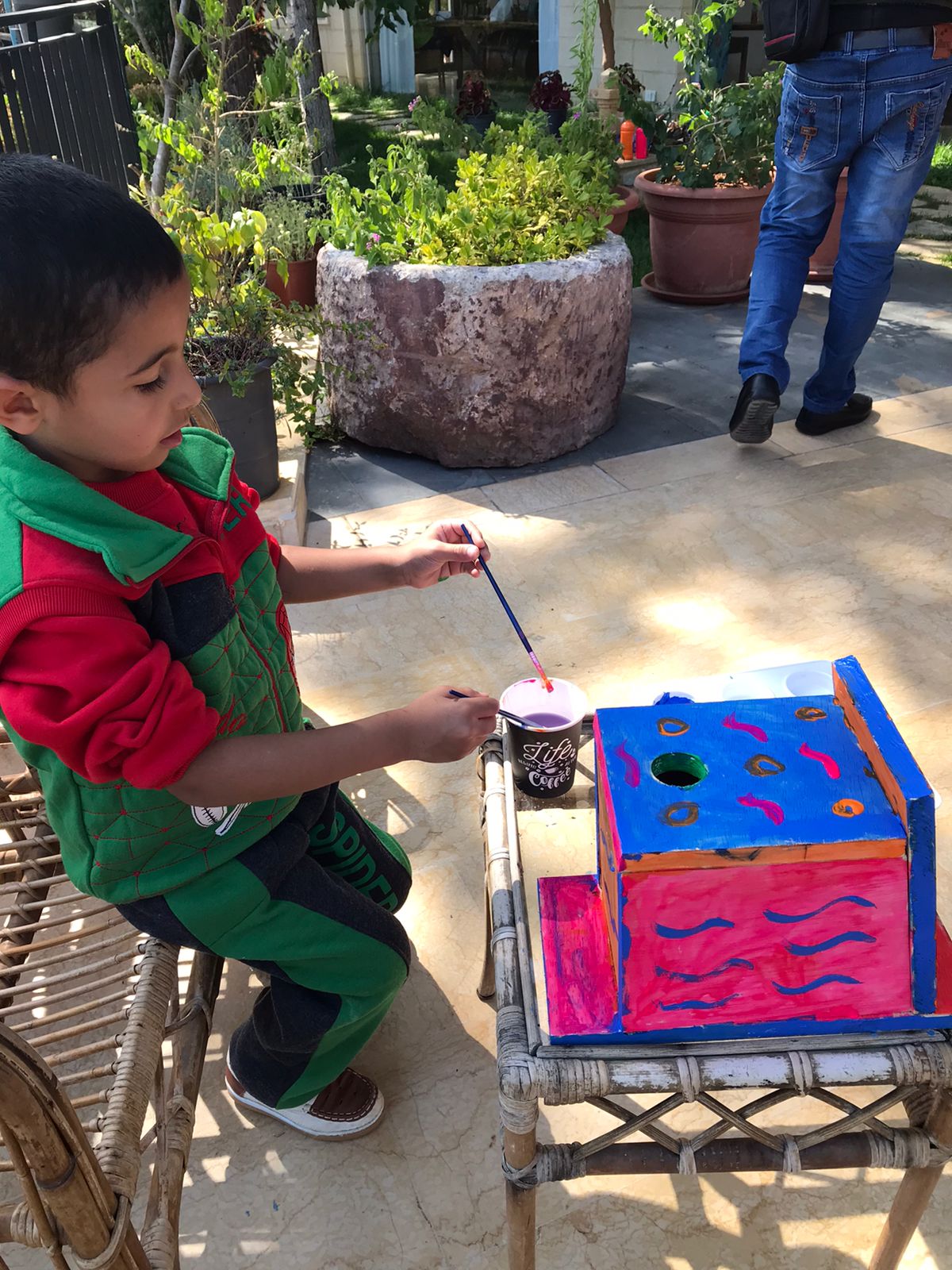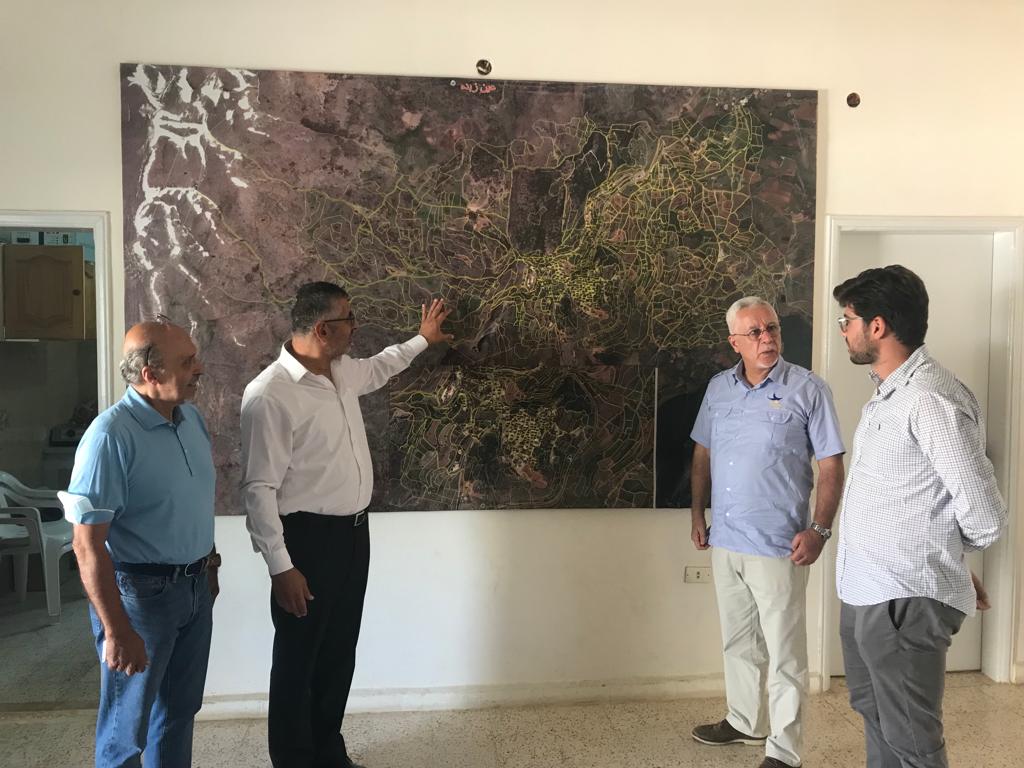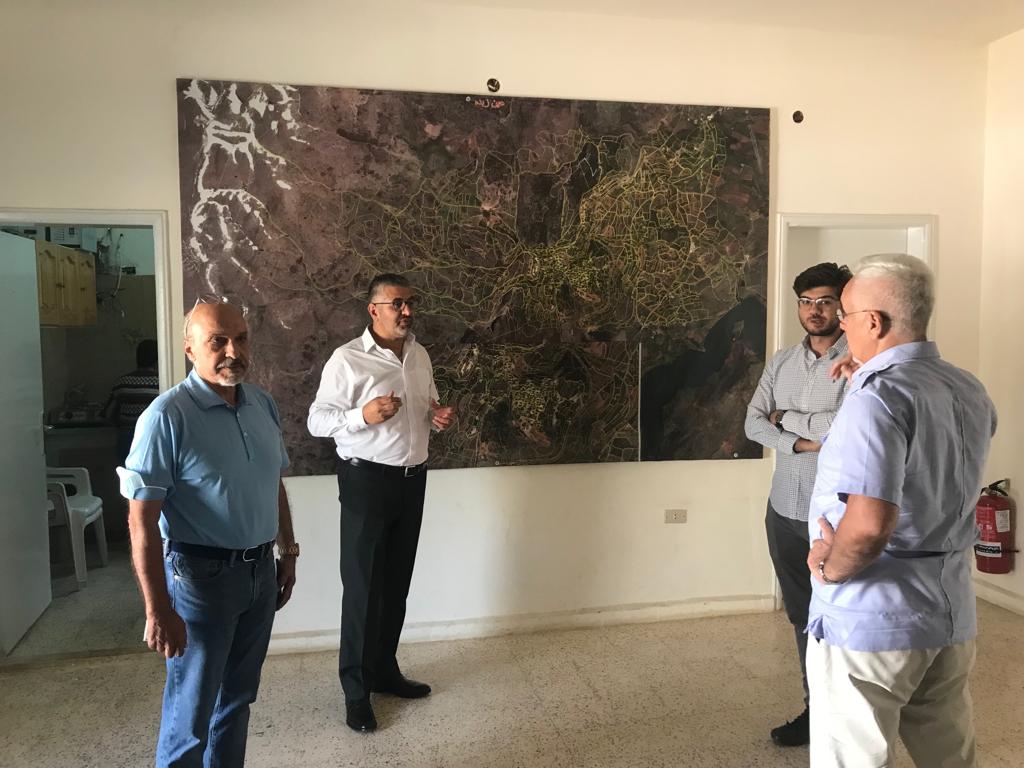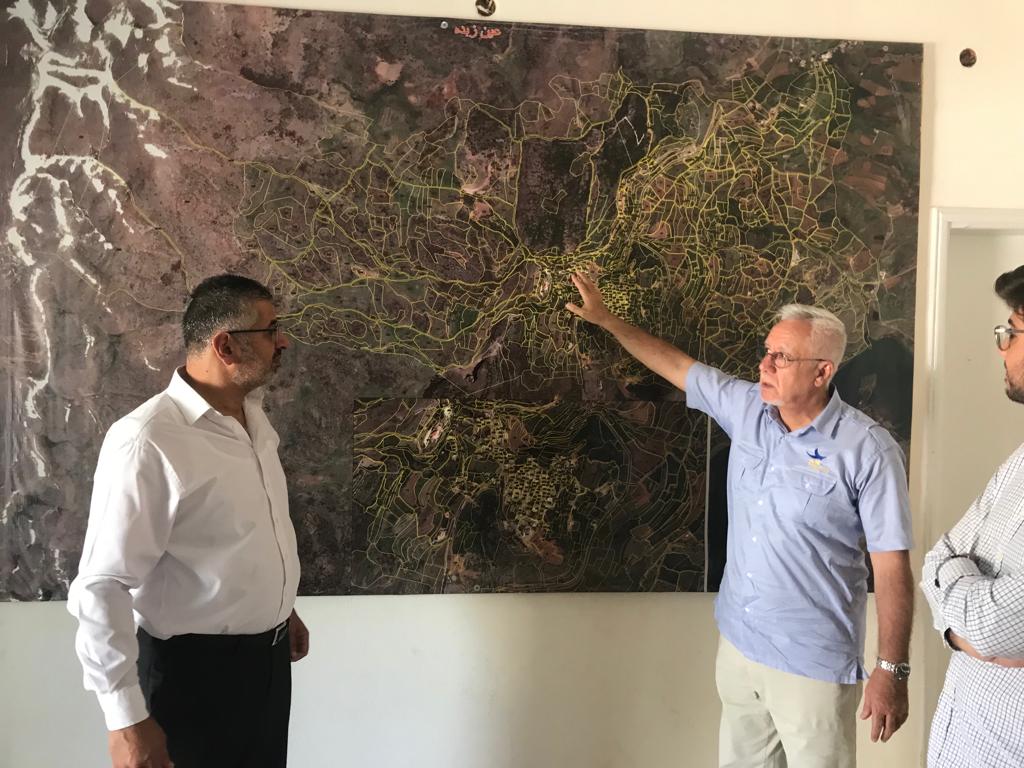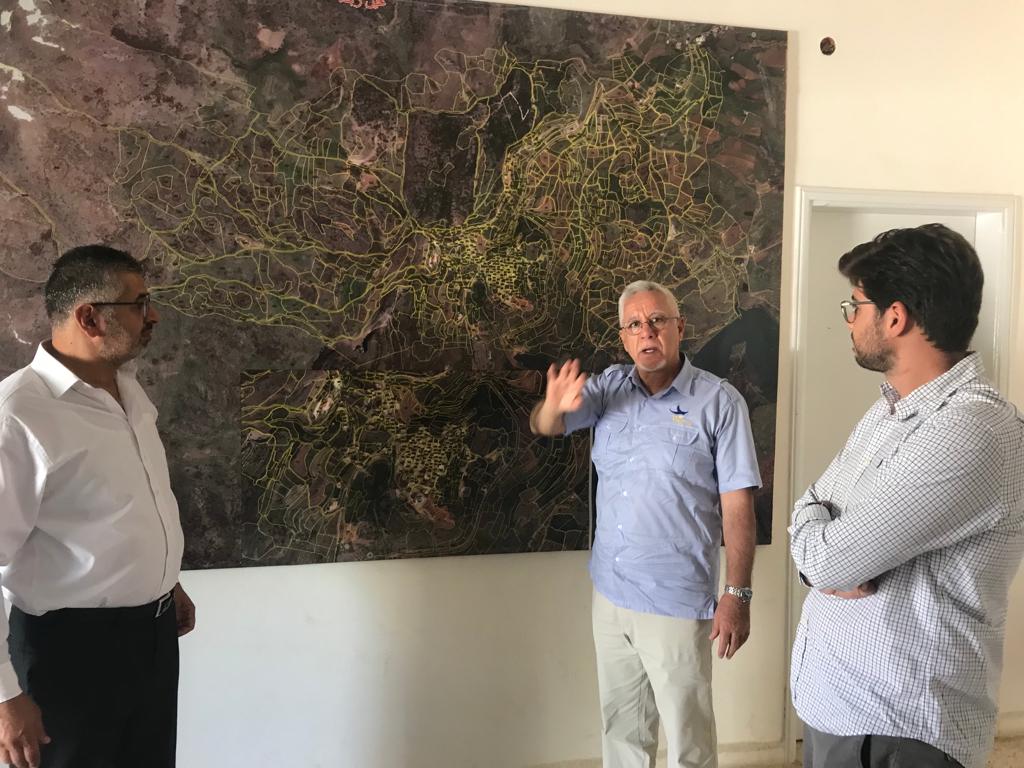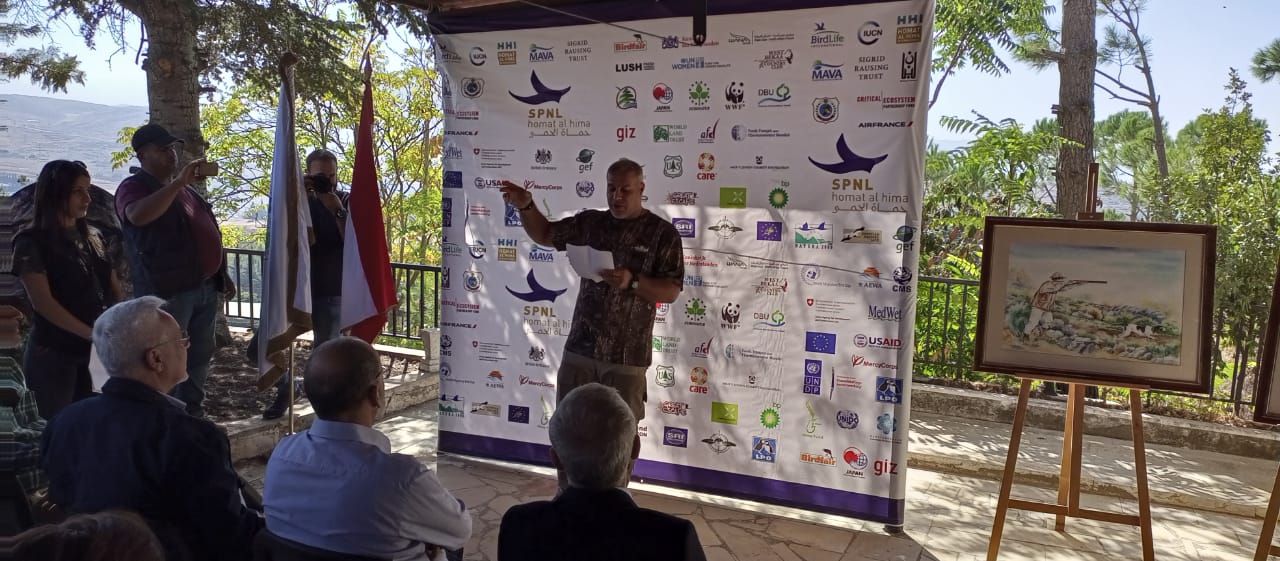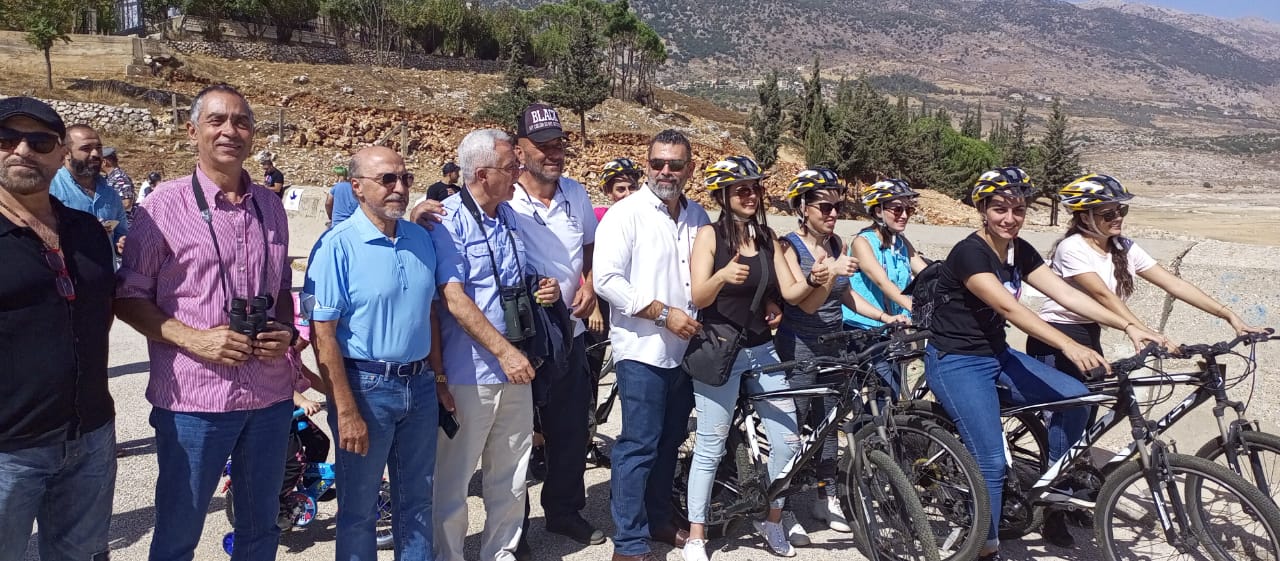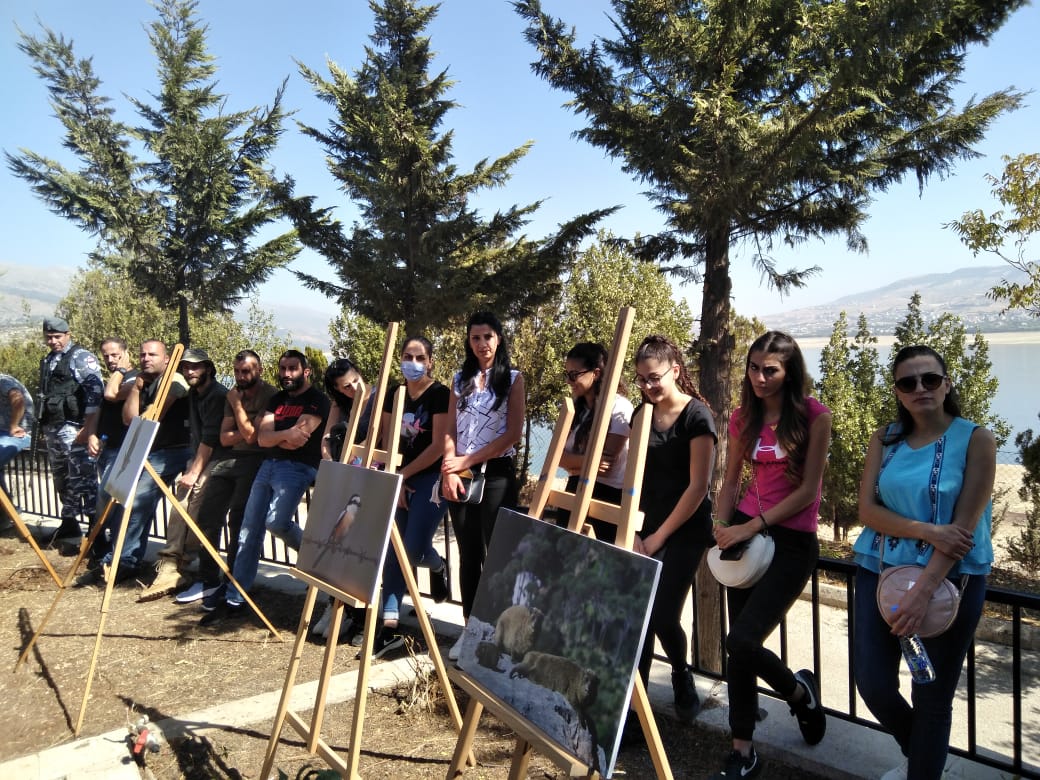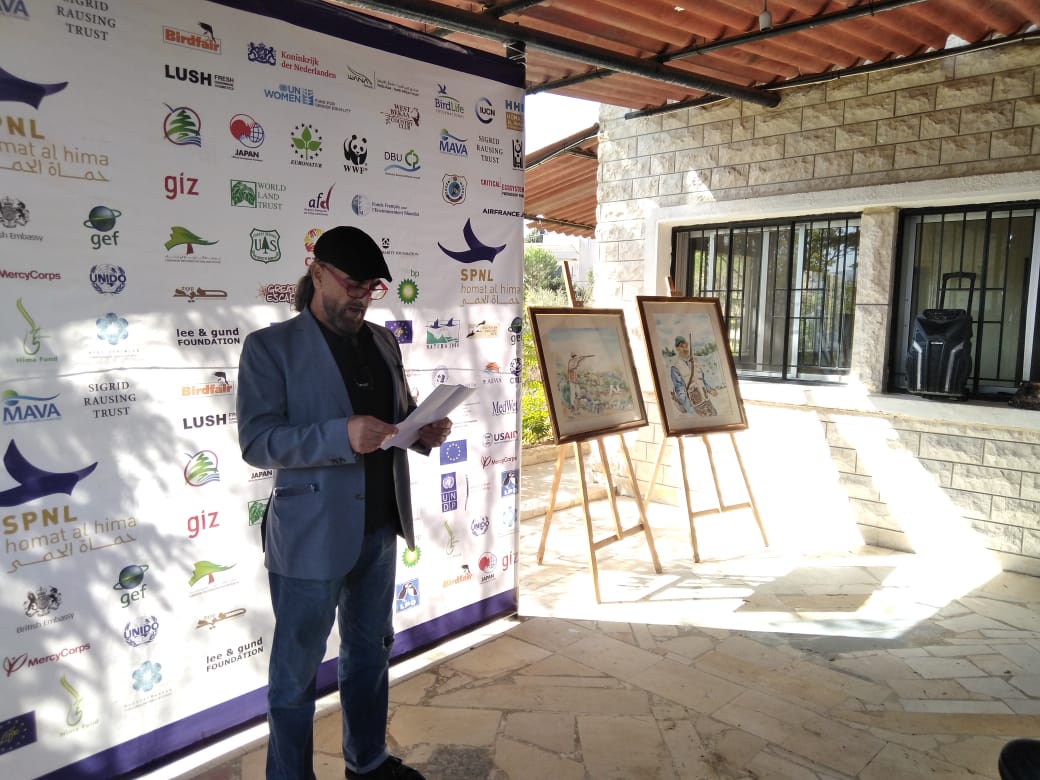
Season’s tweetings: World Migratory Bird Day celebrated at SPNL’s Himas across Lebanon
People all over the world celebrated on October 9 World Migratory Bird Day, a global campaign that aims to raise awareness of migratory birds and the need for international cooperation to conserve them.
Two environmental treaties—the Convention on the Conservation of Migratory Species of Wild Animals (CMS) and the African-Eurasian Migratory Waterbird Agreement (AEWA) — and the non-profit organizations, joined the UN-backed campaign.
During the World Migratory Bird Day 2021, SPNL has celebrated this international event over the course of two days. On the 9th of October, SPNL participated in the Global Birding Day at the internationally recognized Hammana Bird Observatory, with bird watchers, university students and local community members. This event was part of the on-going Hammana raptor count 2021, that was launched on the 18th of September. At the end of that day, participants gathered at the Hima farm in Hammana, to better observe the impact sustainable farming’s impact on biodiversity and bird conservation.
Further to this, on the 10th of October, in a joint effort and continuous collaboration, SPNL, and in partnership with Litani River Authority (LRA), with the presence of the Ministry of Environment representative, implemented an environmental day with the Anti-Poaching Unit (APU) and sustainable hunters. This event was done at the Qaraoun lake with activities with the children to increase their awareness.
Parallel to that, SPNL had an awareness day at Luc Hoffman Hima Home, in Kayfoun, where kids from Hima Kayfoun and Hima Hammana, have participated in an environmental day about bird conservation from handcrafts and outdoor activities. These events were done with the support of our donors CEPF, MAVA, EV New LIFE, OSME and Birdlife Luzern.
This year WMBD’s heme “Sing, Fly, Soar—Like A Bird!” focuses on the phenomena of “bird song” and “bird flight” as a way to inspire and connect people of all ages around the globe in their shared desire to protect and celebrate migratory birds.
World Migratory Bird Day is celebrated on two peak days each year (second Saturday in May and in October) in recognition of the cyclical nature of bird migration and the different peak times of migration along the world’s flyways. The October peak day, which generally falls in the post-breeding migration period, comes amidst a wave of headline news, from the recent IUCN Red List warning that 14 per cent of bird species worldwide are threatened with extinction, to the U.S. Government declaring numerous bird species extinct.
“World Migratory Bird Day is an opportunity to show the importance of Hima for peace concept as the only pathway to save nature from bankruptcy”, said Assad Serhal, SPNL the Director General of SPNL (Birdlife Lebanon) and the winner of Midori Prize 2018 and IUCN’s Council Awards of Honorary Membership.
Migratory birds the world over are threatened by habitat loss and illegal hunting as well as from poisoning, pollution and collision with man-made objects, such as glass-covered buildings and powerlines.
Climate change is adding additional pressure on migratory birds by adversely affecting habitats they need for breeding, resting and refuelling along the way. The changing climate is also impacting the annual cycles of birds, affecting the timing of migration and reproduction and causing mismatches in food availability.
Approximately 2000 of the world’s 11,000 bird species migrate, some covering enormous distances, like the Arctic Tern or the Bar-tailed Godwit, which flies distances up to 11,680 kilometres non-stop between Alaska and New Zealand.
On their journeys across the planet, migratory birds use broad migration corridors or pathways known as flyways. Soaring birds such as storks or eagles are currently gathering by the thousands at some of the major flyway bottlenecks. These flyways span multiple countries and include the main routes the birds follow, generally in a north-south and south-north direction twice each year.
The October peak day of World Migratory Bird Day fell three days before world leaders attended both virtually and in person the opening of the UN Biodiversity Conference (CBD COP15), taking place in the Chinese city of Kunming. The meeting, which will conclude next year, is expected to adopt a new global biodiversity framework for the decade. It is hoped that the conference will be a tipping point in global action for nature and help restore a positive relationship between nature and people.
World Migratory Bird Day was first launched by CMS and AEWA in Kenya in 2006 and has grown in popularity each year.
